It’s hard to talk about flagship smartphones these days without talking about price. Over the past few years, the hardware of the best smartphone has gotten really, really good, but the prices we’ve needed to pay for them has increased as well. It wasn’t too long ago that we were paying $650 for the best smartphone in the market, but that sticker price has been pushed up each year as inflation increases and manufacturers pack in new tech like dual or triple cameras, more ram and absurd amounts of storage. In 2018, the average starting price for a flagship smartphone was right around $850 but you could easily spend more than $1000 if you opt for all the bells and whistles. The sad news is that we’re expecting to see those numbers creep up even more in 2019.
But honestly, spending that much money seems like a waste when you can pick up the OnePlus 6T, flagship smartphone, which costs a mere $569. At this point, the OnePlus 6T may seem like old news since it was released last fall, but it’s still one of the best devices on the market and arguably offers more bang for your buck than any other smartphone. We were planning on doing sharing our 6T review as soon as the device hit the market, but we decided to wait three months since we wanted to get a true feel for the phone and pinpoint why it’s worth getting over the standard OnePlus 6 and its new competitor, the Honor View 20.
OnePlus has need making flagship Android devices for more than a few years now and has positioned itself as offering flagship tier specs at mid-range price points. It’s true that OnePlus smartphones have gotten more expensive over the years, but the quality of their phones have gotten better as well. In fact, the new OnePlus 6T can easily be compared to the Samsung Galaxy S9 Plus, Pixel 3 XL and Huawei Mate 20 Pro. It’s not without fault, but this phone has a lot more positives than negatives.
As mentioned already, the main selling point of the OnePlus 6T is its price. You could snag a great deal on the smaller Galaxy S9 or the LG G7, but you’ll have to wait for just the right time to do so.

But what’s the catch? Why can OnePlus sell its phones for so little when other flagship devices are so expensive? As you might expect, there are some compromises. Compared to most other devices, the OnePlus 6T has a low-resolution display, a pretty basic camera setup, no wireless charging and it doesn’t have an official IP dust and water resistance rating which means it’ll likely not survive if it accidentally drops into the pool.
What the phone does have are all the other high-end specs we expect from a 2018 flagship smartphone. That includes an SD845 processor, 6 or 8 GB of RAM, up to 256GB of storage, a full-screen display with a tear-drop notch and cameras which deliver images and videos which can go head-to-head with those from other flagship smartphones.
When compared to the OnePlus 6, the newer 6T does have a few advantages, but there are a few drawbacks to consider. The notch on the 6T is substantially smaller which is a good thing. The fingerprint sensor has been moved from the back and hidden below the display, but we’d found this to be finicky and unreliable. Without having tactile feedback as to where to place your finger, it’s hard to get it right without looking down at the phone and even then, the sensor struggles to recognize your fingerprints. In our tests, the sensor only worked about 75% of the time, forcing multiple attempts which can be frustrating. The good news is that OnePlus’ face unlock system is pretty fast, so that’s a good alternative if you don’t mind compromising on security a bit.
Another negative is that the 6T dropped the 3.5mm headphone jack, a feature which was present on the 6. OnePlus does include a decent USB-C to 3.5mm dongle for your older headphones, but we’d rather have the dedicated jack. To make up for this compromise, OnePlus increased the battery size on the 6T. The included 3,700 mAh cell is only 12% larger than the 6’s, but the difference is noticeable. Where the 6 managed to make it through a full day with a 1-20 charge remaining, the 6T typically has more than a 30% charge at the end of the day. This gives you a lot more breathing room and allows you to stay out late with friends late into the night without fear that the phone will die on you before you get home.
We’re not going to go into detail on the design front since the phone isn’t much different than the OnePlus 6. As mentioned already, the notch is smaller and the fingerprint sensor has been removed from the back of the phone. The metal and glass body is well crafted with solid build quality, offering the same look and feel that you get from most other smartphones with the same build materials. Simply put, it’s nothing special.
On the performance side, the 6T is just as powerful as you’d expect. It handles day-to-day tasks with ease, flying through applications faster than most other devices. If you pick up the model with 8GB of RAM, you’ll rarely ever wait for an app to load up even if the last time you used it was 12 hours ago. The 6GB model performs amazingly as well, especially when compared to other Android devices with much heavier skins. The Snapdragon 845 chew up and spit out anything you throw at it. We honestly couldn’t find anything it couldn’t handle which means you should be set for at least 18 months before you can find games which will slow this phone down.
The software experience on the OnePlus 6T is as good as ever. OnePlus keeps their customizations to a minimum, giving you the ability to tweak the UI to your own liking, without bogging things down. The phone is also running Android Pie which makes it one of the few devices on the market actually running the latest version of the OS. We wish that OnePlus would include the Google feed to the left of the main home screen instead of its dashboard, but you get that feature if you buy the OnePlus 6T from T-Mobile in the US.
As with the OnePlus 6, the 6T also has a pretty amazing camera. We’ve compared it to the Pixel 3 and a few other 2018 flagship smartphones and have been very impressed. The images this phone can produce. The main camera features a dual sensor setup with a main 16MP sensor with an f/1.7 lens and a secondary 20MP depth sensor. This allows the phone to capture pretty great pictures with accurate white balance and color reproduction. Surprisingly for OnePlus, low light performance is respectable as well with images turning out bright and crisp even when you don’t use the flash. OnePlus has also included a dedicated Night Mode which mimics the Nick Sight mode on the Pixel 3. It’s significantly slower than Google’s implementation and the results aren’t as good, but it’s still a step up when compared to what one plus has offered in the past.
The decision to go with a 16 MP, f/2.0, 25mm setup for the front-facing camera pays off as well. The images a clear without the typically smudging you see from other front-facing cameras. Video recording from both cameras is respectable, but things do fall apart a bit in low-light situations. The OIS on the main camera works well, but we’re honestly more impressed with the front-facing camera’s Electronic image stabilization which makes it look like the device is being held with a gimbal.
Here’s the thing, the OnePlus 6t isn’t really an improvement over the OnePlus 6. It has a few features that are different, but they’re not necessarily better. If you’re wondering which device you want, you need to choose between a 3.5mm headphone jack or an on-screen fingerprint sensor which doesn’t work that well.
When comparing this phone to the glitzy new Honor View 20, there are a few things to consider. Honor’s smartphone has a slightly better main camera and Kiring 980 chip does have more power than the SD845. That being said, the Oneplus smartphone has much better RAM management and the software experience that it offers has far superior to anything you’d ever get on an Honor smartphone. Some will argue that the hole-punch cut out for the front-facing camera is better than the water-drop notch, but I don’t think that really matters.
If you’re considering the OnePlus 6, 6T or Honor View 20 over other flagship devices, it’s really a no brainer. The amount of money you’d save over a Pixel 3, Samsung Galaxy S9 or pretty much any other device more than justifies the minor features you’d be giving up. If it were me, I’d go with the OnePlus 6, but the 6T would be a close second.

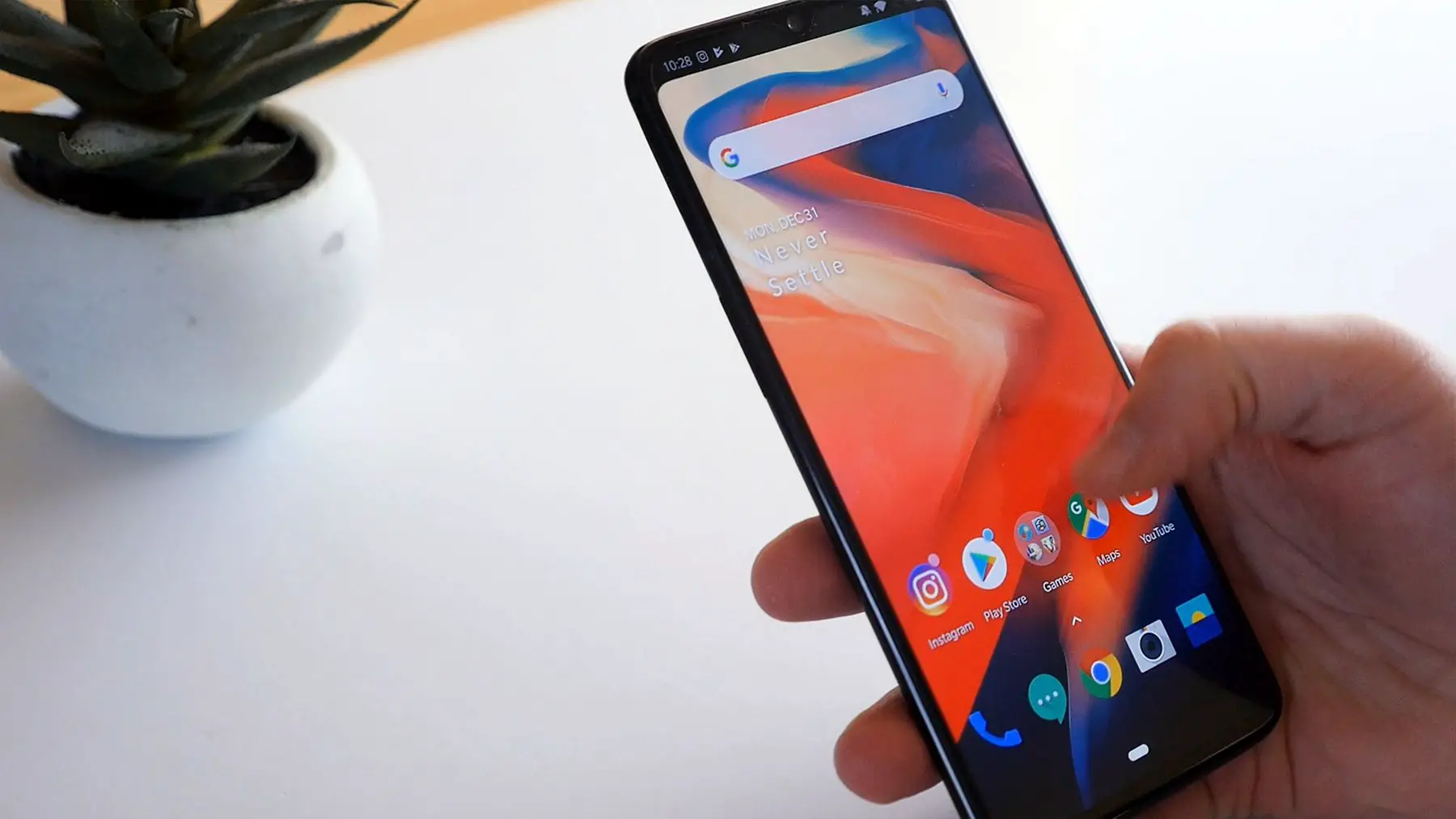

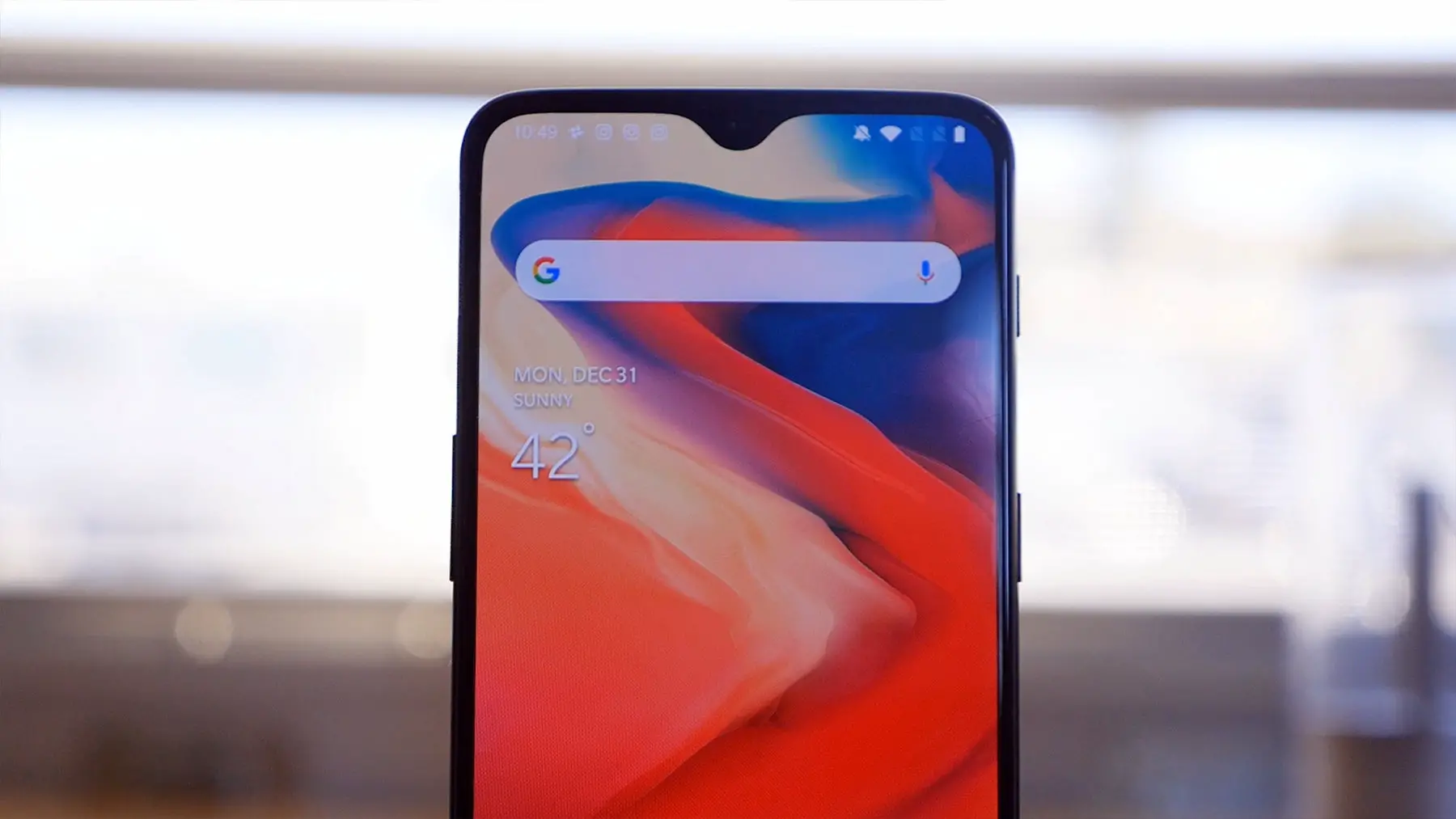

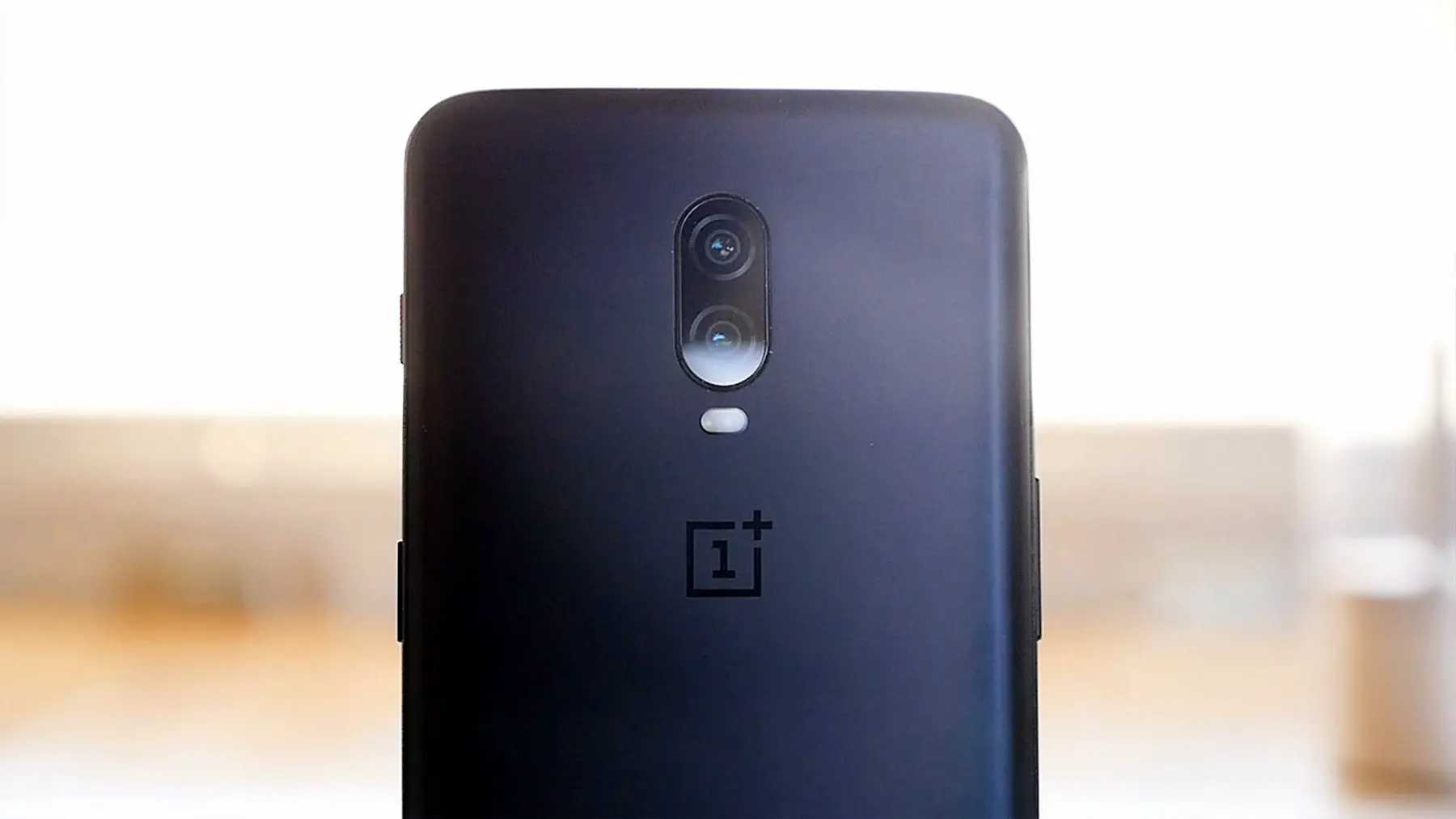




















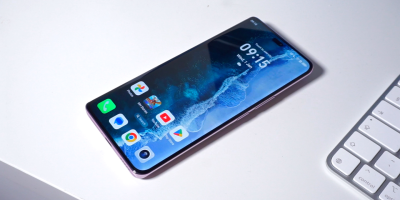
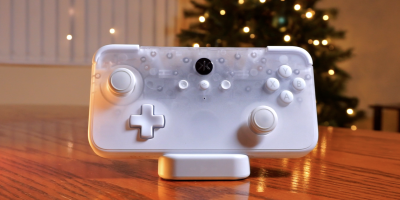

Comments